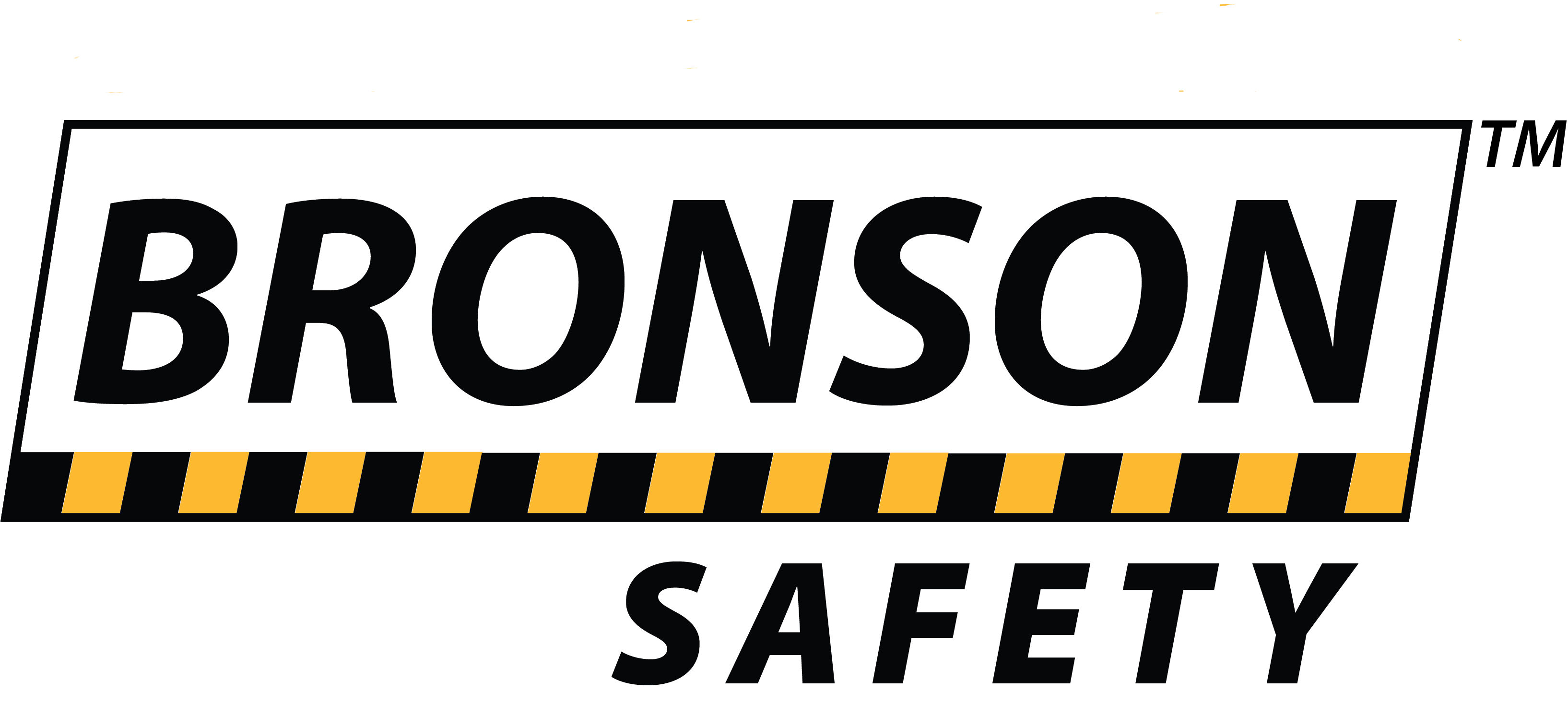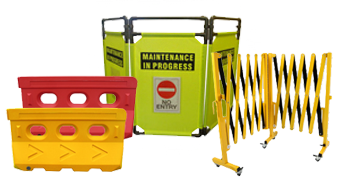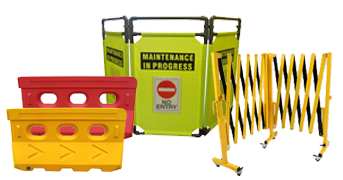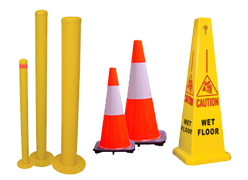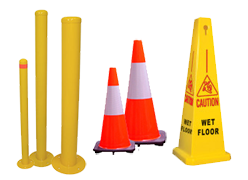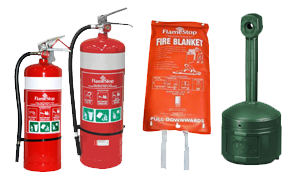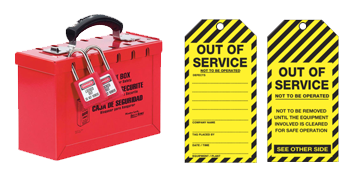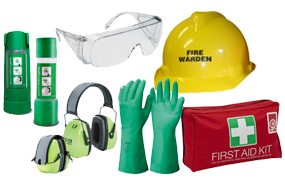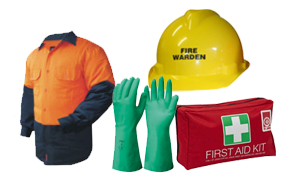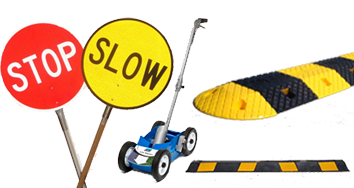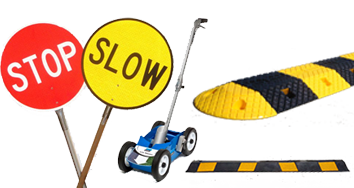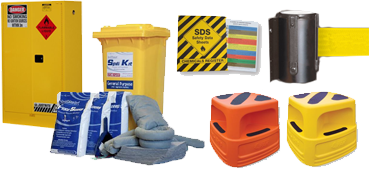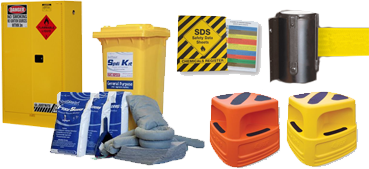What are they, and when are they useful?
Plumbed Eye Wash Stations
- A permanent unit, connected to a continuous source of water.
- Positioned in a fixed location, highly unmovable.
- Required to provide sufficient flow and pressure as outlined in Australian Standards – will depend on the specific unit and whether it is an eye wash, eye/face wash or shower unit.
- Available preferably aerated, rather than non-aerated.
- Suitable for larger, or longer term construction sites and work places.
Portable Eye Wash Stations
- A self-contained unit.
- Commonly used on locations without access to an adequate source of water, or on short-term, temporary work sites.
- Movable and portable, adding flexibility that can be useful in a changing work environment.
- Available in various sizes and capacities. These include, but are not limited to:
-
Hand held squeeze bottles - Provides a quick emergency flush. Intended as an interim response to exposure. Will not last for the full 15 minutes, thus must be followed by the use of a primary unit.
-
Gravity-fed eye wash – Will provide a minimum of 15 minutes flushing.
-
Air pressurised units – Filled with suitable flushing fluid and pressurised to provide suitable volume and flow. These units can vary in size, and may or may not be suitable as a primary response unit.
- Available in sizes as little as 500ml to over 80L.
- Suitable for short term or small-scale construction or work sites.
NOTE: Ensure all units purchased comply with Australian Standard AS4775-2007 and the relevant WHS Laws in your Australian State or Territory.


